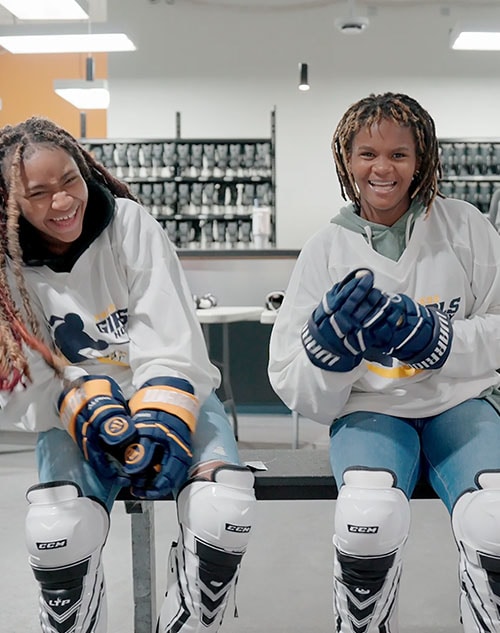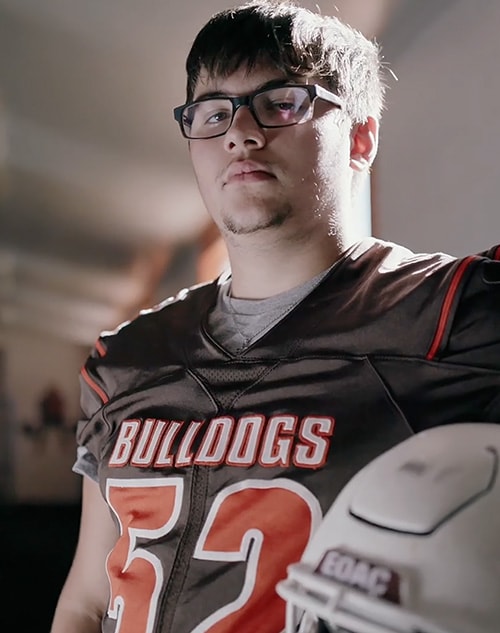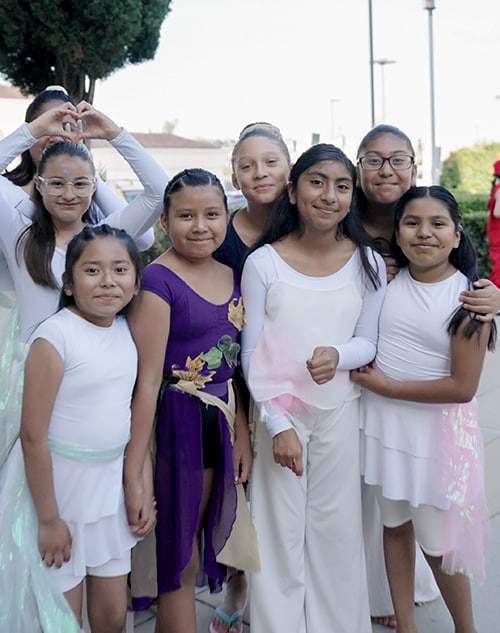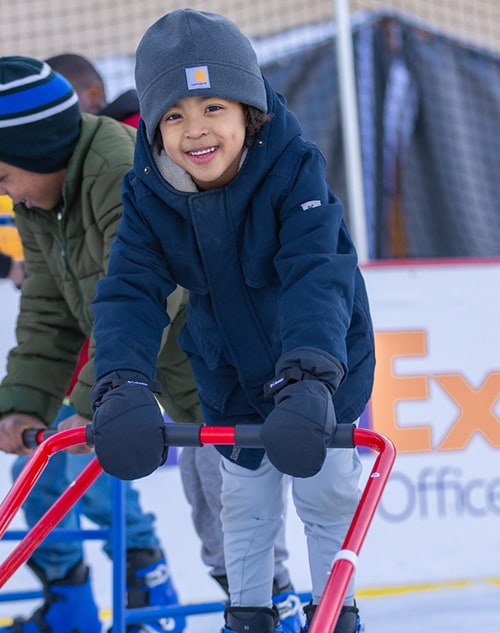


Mental Health
Student athletes are less likely than non-athletes to be depressed.*

Physical Health
Student athletes who play team sports are less likely to smoke cigarettes or use other illicit drugs.**

Academics
Physically active children get up to 40% higher test scores.**

Bright Futures
Student athletes are more likely to get higher grades and aspire to attend college.*

Low-Income Kids Play at Half the Rate of Wealthier Peers
Children from the lowest-income homes play sports at up to half the rate of those from the highest-income group.

Participation in Team Sports has Declined 4% Since 2017
In 2022, only 54% of children ages 6-17 in the U.S. played on a team or took lessons, down from 58% in 2017.

80% of Parents Believe There is a Shortage of High-Caliber Coaches
Coaches themselves, too, believe that their community needs more coaches.***

Kids Playing Multiple Sports has Declined
In 2023, children ages 6-17 played an average of 1.63 sports, down 13% since 2019, continuing a long-term decline driven by the commercialization of youth sports and early specialization pressures.

$100 Million
Since 2014, the Sports Matter program has committed over $100 million to inspire and enable youth sports participation by addressing barriers and creating awareness.

50 States
50 states have received funding for sports programs from the DICK'S Sporting Goods Foundation.

3 Million+ Kids
Our support has kept over 3 million kids in the game across all 50 states through the Sports Matter program.

42 Sports
Because we believe all chances to play are beneficial, we have provided grants for 42 different youth sports and counting!
* Women Sports Foundation. (2019, July). The State of High School Sports in America: An Evaluation of the Nation’s Most Popular Extracurricular Activity.
** Aspen Institute Project Play. (n.d.). Youth Sports Facts. Retrieved July 2021.